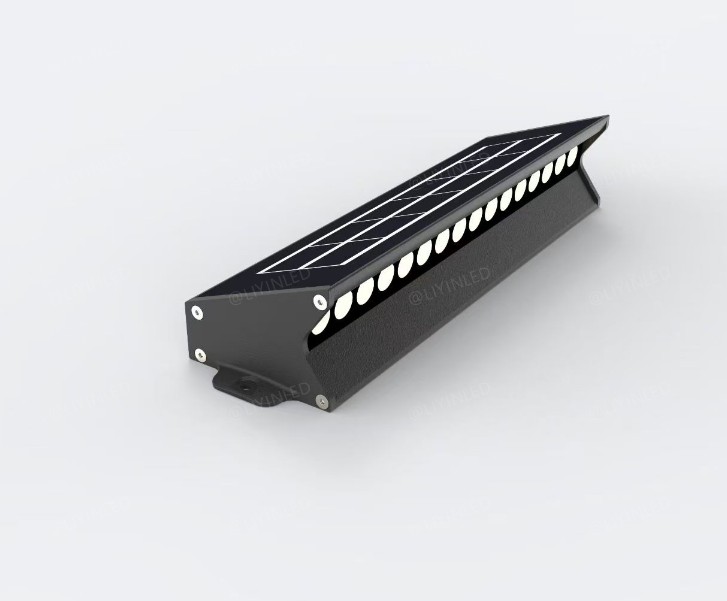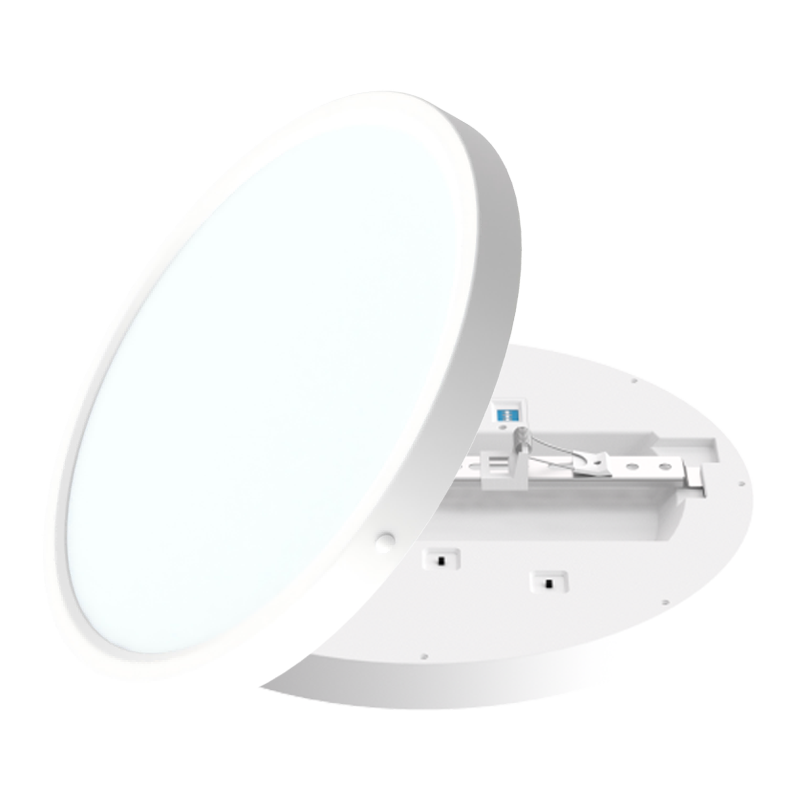Flickering vs. Flicker-Free LED Lighting: Understanding the Core Differences
Core Distinctions Explained
Flickering (频闪): Refers to LED lighting whose luminous output (light flux) is not constant, but rather undergoes rapid, periodic fluctuations in brightness over time. If the frequency and amplitude of these changes reach a certain level, the human eye can perceive them directly or indirectly (e.g., causing eye fatigue, dizziness), or they can be easily captured by smartphone cameras or professional instrumentation.
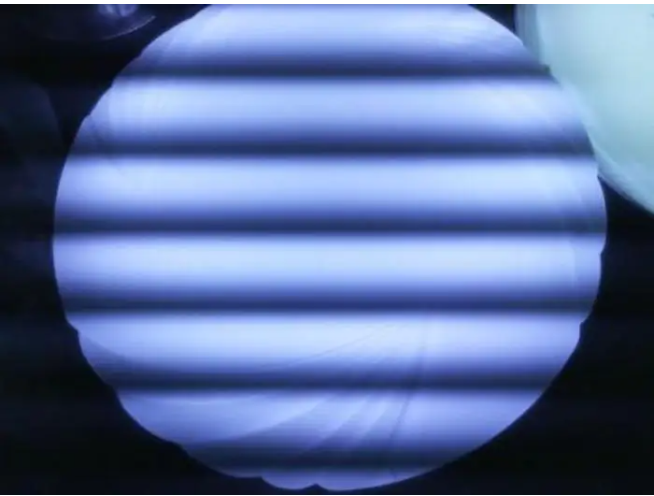
Flicker-Free (无频闪): Refers to LED lighting whose luminous output remains essentially constant. The amplitude of its fluctuations is extremely small and the frequency is extremely high, or it employs special technology (such as pure DC drive) to fundamentally eliminate periodic fluctuations. This makes the fluctuations imperceptible to the human eye (and even hard to detect as obvious stripes or waves with a smartphone camera), thereby providing stable and comfortable illumination.
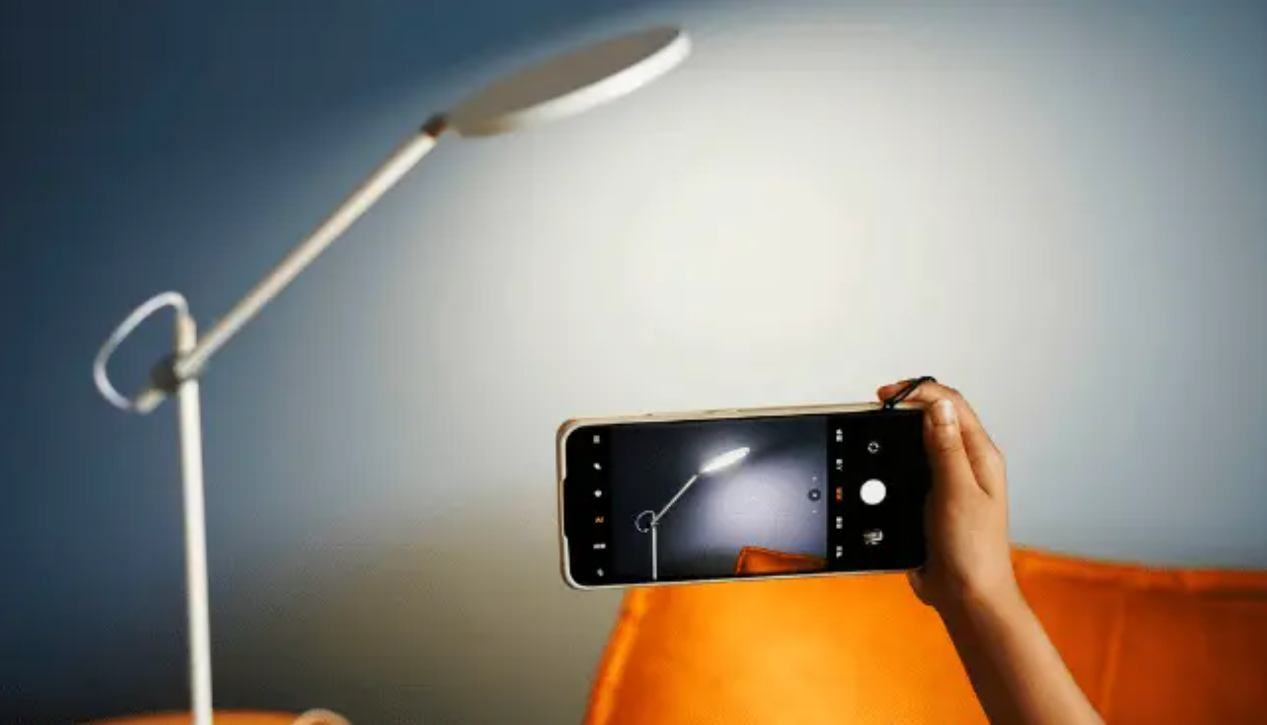
In-Depth Analysis of Differences and Causes
Root Cause: Drive Power Supply Quality and Technology
Fundamental Cause of Flickering: The AC power grid operates as a 50Hz or 60Hz sine wave. Low-quality, poorly designed LED drivers (especially cheap capacitive dropper circuits or simple non-isolated constant current drivers) cannot effectively convert the incoming AC into pure, stable DC power. This results in a significant superimposed AC component (ripple current) on the output DC. This AC ripple directly acts on the LED chips, causing their brightness to fluctuate synchronously with the ripple current variation (typically at 100Hz or 120Hz).
Key to Flicker-Free Performance: Requires the use of high-quality constant current driver power supplies. The core of such supplies lies in:
"Linear Constant Current Drive" technology:Directly avoids generating high-frequency switching ripple at the source, though typically less efficient (gap has narrowed significantly)."High-Frequency Deep Dimming" technology:Raises the ripple frequency far beyond the human perceptible range.Specialized Technologies: Top-tier solutions may employ:
Superior Rectification & Filtering Circuitry: Effectively filters out the majority of the ripple generated during AC-to-DC conversion.
Precision High-Frequency Switching Conversion & Constant Current Control: Employs efficient PWM or similar switching techniques operating internally at high frequencies, ultimately delivering output current with extremely low ripple (even pure DC).
Use of High-Quality Components: Such as large-capacity, low-ESR filter capacitors, and stable performance IC chips.
Perceptual Differences: Impact on Human Eyes and Health
Hazards of Flickering (Especially within or near the perceptible range):
Visual fatigue, eye strain, headaches: Prolonged exposure forces eyes to constantly adjust.
Distraction, reduced cognitive efficiency: Persistent subconscious "interference".
Risk of triggering migraines/photosensitive epilepsy: Risk to susceptible individuals.
Safety hazard due to persistence of vision effect: Causes illusions (stillness, reversal, slowed motion) when observing moving objects.
Visible stripes/bands on smartphone recordings: Interferes with filming.
Advantages of Flicker-Free Lighting:
Superior visual comfort: Reduces eye strain, suitable for long-duration use.
Enhanced safety: Eliminates misperception risk with moving objects.
No interference in filming: Stable for photography/videography/streaming.
Improved concentration: Creates a stable visual environment.
Professional Measurement Standards
Flicker Percentage / Modulation Depth (频闪深度/波动幅度): Difference between max/min light output relative to average. Lower values indicate better performance (ideally <5%).
Flicker Frequency (频闪频率): Fluctuation cycles per second (Hz). Flicker-free typically requires very high frequency (>3.125kHz) or extremely low depth.
International Standard: IEEE 1789-2015 assesses health risks, defining permissible thresholds.
China National Standard (GB): GB/T 31897.1 incorporates flicker metrics/requirements.
Certification Marks: "Flicker-Free" (无频闪), "Low Blue Light & Flicker-Free" (低蓝光无频闪), TÜV Flicker Free, UL certifications.
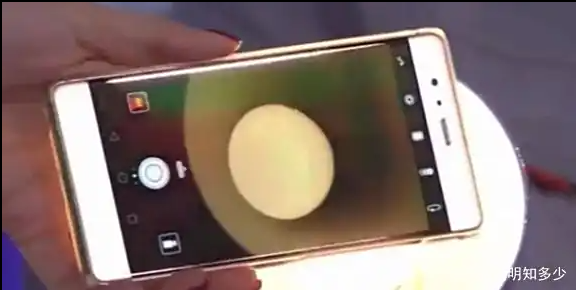
Purchasing Advice
Prioritize "Flicker-Free" Labels and Certifications: Look for explicit "Flicker-Free", "Low Ripple", or "flicker-free" markings and verifiable certifications (TÜV Flicker Free, etc.). Check standard compliance (IEEE 1789, GB standards).
Choose Reputable Brands: Better investment in driver design and quality control.
Focus on the Driver Power Supply: High-quality driver ICs (TI, MPS, Silergy, BPS) indicate a good foundation. Avoid extremely cheap products.
Simple Real-World Testing:
Smartphone Camera Test: In dim light, point camera at lamp while moving phone. Flickering causes obvious scrolling stripes/dark bands. Flicker-free shows none or faint lines.
Pencil Spin Test / Fan Observation: Spin pencil fast or watch fan blades. Flickering causes stroboscopic effects (multiple still images/pencil parts, frozen/slow/reverse fan blades). Flicker-free shows smooth pencil blur, clear fan motion (blurred but fluid).
Check Specifications: Opt for listed "Flicker Percentage" or "Modulation Depth" values below 5% if possible.
Summary
"Flickering" means LED light brightness fluctuates rapidly (causing eye strain); "Flicker-Free" means very stable light output.
This difference is almost entirely determined by the quality of the driver power supply.
Flicker-free performance is crucial for vision health, comfort, safety (especially during reading/work/screen use).
Verify products are clearly labeled "Flicker-Free" and comply with relevant health standards/certifications.

